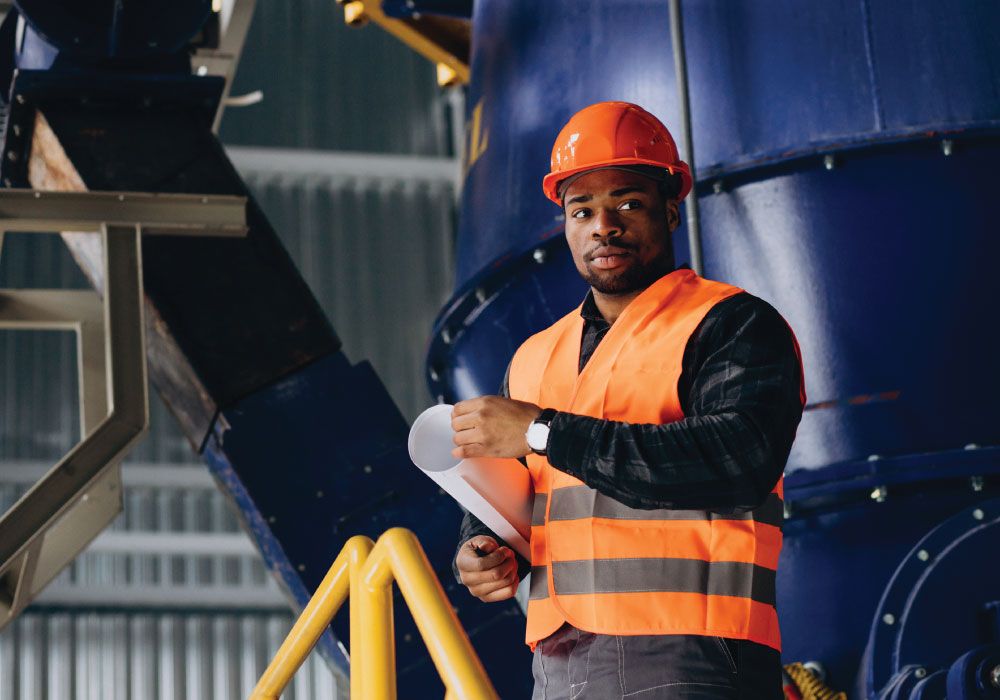
Sustainable design is becoming increasingly important in the real estate industry, as developers and property owners seek to reduce environmental impact and improve the health and wellness of building occupants. In this article, we'll explore the future of sustainable design in real estate and the benefits of incorporating green features into buildings.
Sustainable design in real estate involves incorporating environmentally friendly features and practices into the design, construction, and operation of buildings. This can include features such as energy-efficient lighting and HVAC systems, solar panels, green roofs, and rainwater harvesting systems.
One of the primary benefits of sustainable design is the reduction of environmental impact. Green buildings use less energy and water, produce less waste, and emit fewer greenhouse gases than traditional buildings. This not only helps to mitigate climate change, but also reduces operating costs for property owners and tenants.
Another benefit of sustainable design is the positive impact on human health and wellness. Green buildings are designed to optimize indoor air quality, natural light, and temperature control, which can improve productivity and reduce absenteeism among building occupants. Additionally, green spaces such as rooftop gardens and indoor plantings can improve mental health and well-being.
The future of sustainable design in real estate is promising. As technology continues to advance, we can expect to see even more innovative and cost-effective solutions for green building design and construction. In addition, sustainable design is becoming more mainstream as consumers and tenants increasingly demand environmentally friendly features in the buildings they occupy.
Sustainable design is a growing trend in the real estate industry, as developers and property owners seek to reduce environmental impact and improve the health and wellness of building occupants. By incorporating green features into buildings, property owners can reduce operating costs, improve indoor air quality, and provide a healthier and more productive environment for tenants. As sustainable design continues to evolve and become more mainstream, we can expect to see even more innovative solutions for green building design and construction in the future.



